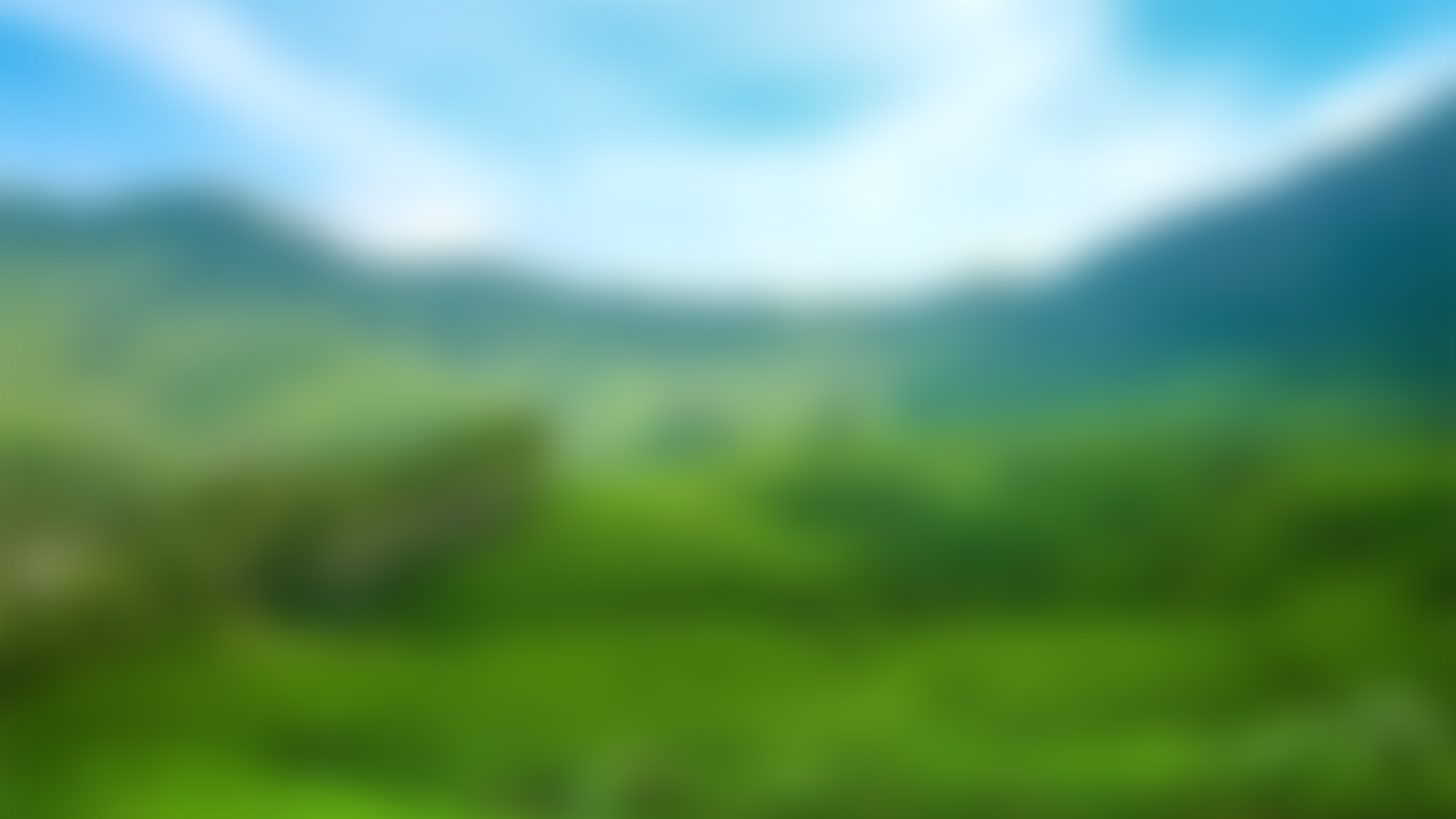
Sorry, we couldn't find anything that matches your search.
Destination

Famous Places to Explore in Hyderabad
A vibrant city with the imposing...

Raipur Tourist Places | Best Place to Visit
The stronghold of several erstwhile...

Ahmedabad
Declared as India's first UNESCO World...
#
Rubber Plantations in Wandoor
Since rubber is one of the most significant cultivations on the islands, there are many spots that one can visit to see how the manufacturing process unfolds. The rubber plantation in Wandoor is one of the most scenic places and the largest in Andaman, with an area of about 931 hectare. It has around ten thousand trees and lies in the South Andaman region. As one enters, one can see thousands of golden rubber sheets and collecting jars fitted on each tree. A guided tour offers information on the process of converting raw rubber into sheets. The process called tapping involves the collection of rubber from trees. The rubber is then rolled into sheets through manual rollers. The whole procedure is indeed very fascinating.

Fisheries Museum
The Fisheries Museum lies in close proximity to the Rajiv Gandhi Water Sports complex and is one of the most popular attractions in the Andaman and Nicobar Islands. It is known for housing over 350 species of marine life found in the Asia-Pacific region. On entering the premises, one feels like stepping into a bio laboratory as there are various installations of plants and animals. The museum also houses live animals like crabs, sharks, starfish and huge table corals. Other interesting sights are life-size displays of a saw fish and dolphin, and the skeleton of a sperm whale, believed to be one of the largest toothed whales. Taking pictures is prohibited inside the museum. The museum is located at a distance of about 9 km from Port Blair. It was partially destroyed in the tsunami but has been rebuilt since.

Mangroves of Andaman
Mangroves are trees and shrubs that grow in swamps and have adapted to the saltwater environment. These are abundantly found in Andaman. The Dhani Nallah Mangrove Nature Walk in Andaman is located around 20 km from Rangat, an island in Middle Andaman. It has a long wooden walkway that meanders through the mangrove creek so that tourists can enjoy the biodiversity of nature here. It finally leads to a beautiful long beach called the Dhani Nallah, popular for turtle nesting, especially for Olive Ridley turtles. Yerrata, about 8 km from Rangat, also has luxuriant mangrove creeks perfect for eco tourism. To create awareness about mangroves, the Department of Environment and Forests has established a Mangrove Interpretation Centre, which has attractive display panels depicting various species of mangroves found on these islands. A mangrove view watchtower has also been set up to provide a panoramic view of the surrounding landscape.

Mount Harriet National Park
Mount Harriet, 55 km by road and 15 km by ferry and a short trek from Port Blair, used to be the summer headquarters of the chief commissioner during the British raj. Housing the highest peak in South Andaman (365 m), this place provides an ideal vantage point for the nearby islands and the sea. The park is spread over an area of 42.62 sq km and shelters diverse flora and fauna, including birds like Andaman treepie, Sunda teal, Nicobar megapode, Nicobar parakeet, Andaman black woodpecker, black-naped tern etc. One can also find king cobra, green sea and Olive Ridley turtles, Andaman cobra, robber crab, saltwater crocodiles, turtles and wild pigs. The complete area of the national park is spread over a cluster of hills on the eastern side of South Andaman. The park has been named after the wife of the superintendent of the Convict Settlement in Port Blair from 1862 to 1864, who discovered it.

Chidiya tapu
Andaman’s Bird Island or Chidiya tapu is a carpet of rich mangrove forests that host numerous species of birds. This eco-park, at the southernmost tip of the South Andaman Island, is situated at a distance of 28 km from Port Blair, the capital of the archipelago. There are regular bus services from Port Blair to Chidiya tapu. Apart from being a birdwatching paradise, this place is also popular for its picnic spots, trekking trails and glorious sunset views. The biological park at Chidiya tapu, with its rich and diverse flora and fauna, is also a must-visit. One of the main attractions of Chidiya tapu is its Sunset Point. From here, you can get glorious views of the setting sun as it dips into the stretching Bay of Bengal. Chidiya tapu also has a mini zoo, which is worth a visit.

Coral reefs
Andaman and Nicobar Islands is home to over 560 species of corals, whose sheer colour and diversity leave one mesmerised. Corals are tiny organisms that secrete massive calcarious skeletons and collectively deposit calcium carbonate to form large colonies. Coral reefs cover about 2,000 sq km of the area of the Andaman and Nicobar Island that is almost six per cent of the total area. The fringing reefs on the eastern side and the barrier reefs on the western sides make for a beautiful sight. In a typical reef, one will find corals, clams, sponges, snails, anemones, crabs, starfish, worms, shrimps, lobsters etc. You can also spot various species of fish like damselfish, groupers, surgeonfish, butterflyfish etc.
Nemo Reef, off beach number 3 at Havelock, is one of the most popular. This shallow reef is mainly used for discovery dives. While diving, lookout for colourful schools of fish, shrimps, sea cucumbers etc., in the pristine blue-green water.









